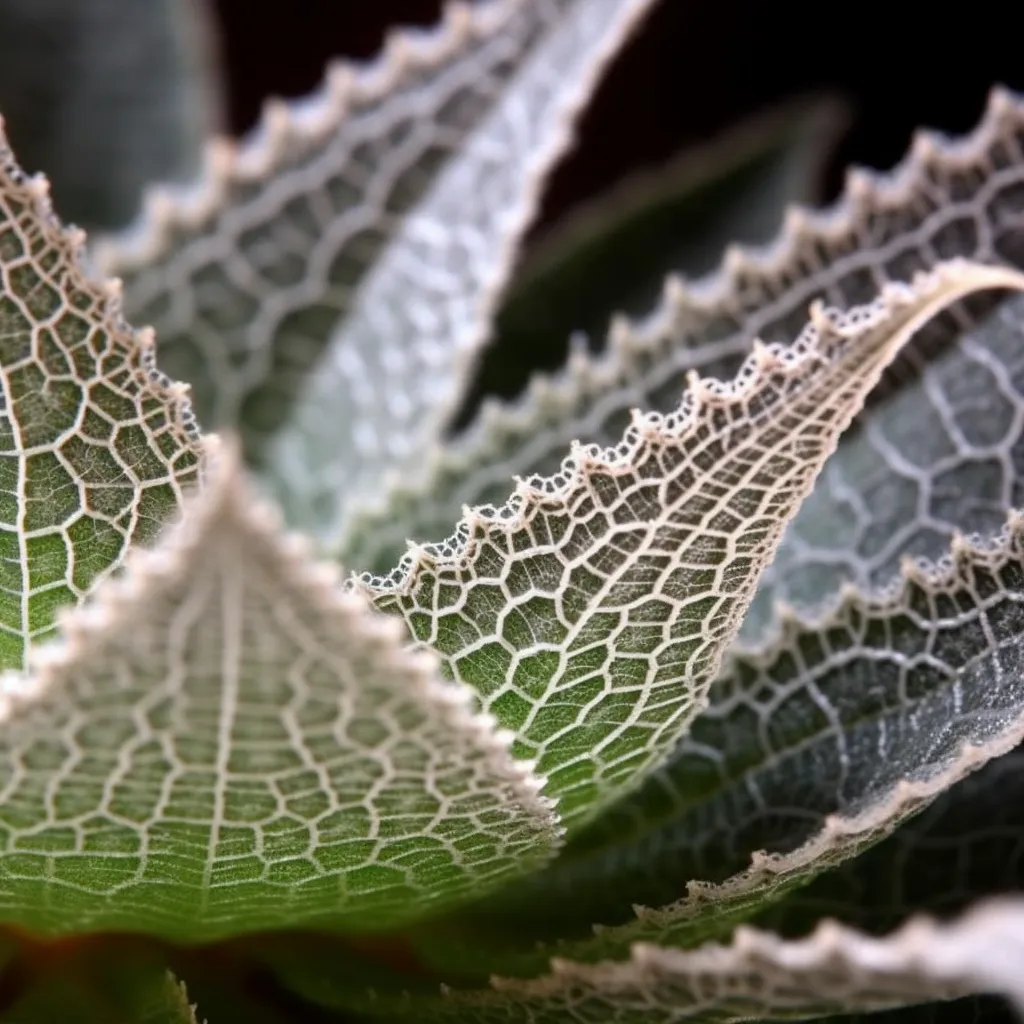Story of Day :
Contents
The Lace Aloe Plant: Complete Guide and Care Tips
Are you looking for a unique succulent to add to your garden or indoor plant collection? Look no further than the lace aloe plant.
Known for its delicate foliage and vibrant orange flowers, the lace aloe is both beautiful and easy to care for.
In this complete guide, we’ll cover everything you need to know about growing and maintaining your own lace aloe.
Overview of the Lace Aloe Plant
The lace aloe (Aloe aristata) is native to South Africa, where it grows in rocky outcroppings and other dry environments.
It belongs to the Asphodelaceae family, which also includes popular succulents like Haworthia and Gasteria.
The leaves of the lace aloe are long, slender, and covered with white spots that give them their distinctive appearance.
The plant typically grows up to 12 inches tall but can spread out over time as it produces offsets (baby plants).

In late winter or early spring, mature plants will produce tall stalks that bear clusters of tubular orange flowers.
These blooms can attract hummingbirds and other pollinators to your garden.
Caring for Your Lace Aloe Plant
Lace aloes are low-maintenance plants that thrive in bright sunlight with minimal watering.
Here are some tips on how best to care for your own:
- Sunlight: Place your lace aloe in an area that receives plenty of direct sunlight each day (at least 6 hours).
While they can tolerate some shade, too little light can cause them not enough growth
- Soil: Use well-draining soil mix as waterlogged soil can cause root rot and kill your plant.
- Water: Water your lace aloe deeply but infrequently, allowing the soil to dry out completely between watering.
Overwatering can lead to root rot or fungal growth, which can be fatal for your plant.
- Fertilizer: Lace aloes don’t need much fertilizer.
You can use succulent fertilizer in spring or summer during the growing season every month or two for best results
- Pests and Diseases: Lace aloes are generally resistant to pests and diseases but keep an eye out for mealybugs, spider mites ,and scale insects as they might attack them when conditions are not optimal

Propagation of Lace Aloe Plant
Lace aloes are easy to propagate from offsets that emerge at the base of mature plants.
Here’s how you can propagate a lace aloe :
- Select an offset that is at least one-third the size of the parent plant.
- Gently remove it from its pot using a sterilized knife or shears.
- Dust any exposed roots with rooting hormone powder if available (this will speed up root development).
- Pot the offset in well-draining soil mix and place it in bright sunlight until new growth appears (usually within several weeks).

The Benefits of Growing Lace Aloe Plant
In addition to their unique appearance, lace aloes offer several benefits for avid gardeners:

- Drought Tolerance: Lace aloes are drought-tolerant plants that require little water once established.
They are perfect for gardens in arid climates or for gardeners who want to conserve water.
- Pollinator Attractor: The orange flowers of the lace aloe plant attract hummingbirds and other pollinators to your garden, making them a great choice for eco-friendly gardening.
- Indoor or Outdoor Plant: Whether you’re looking to add some greenery to your indoor space or enhance your outdoor landscaping, lace aloes are versatile plants that can adapt well to any environment
Conclusion
The lace aloe plant is both beautiful and easy-to-care-for succulent that can thrive in various environments.
By following the tips provided in this complete guide, you can enjoy the delicate foliage and vibrant blooms of this unique plant all year round.
From its drought tolerance to its ability to attract pollinators, the benefits of growing lace aloes make them an excellent addition to any garden or indoor plant collection.